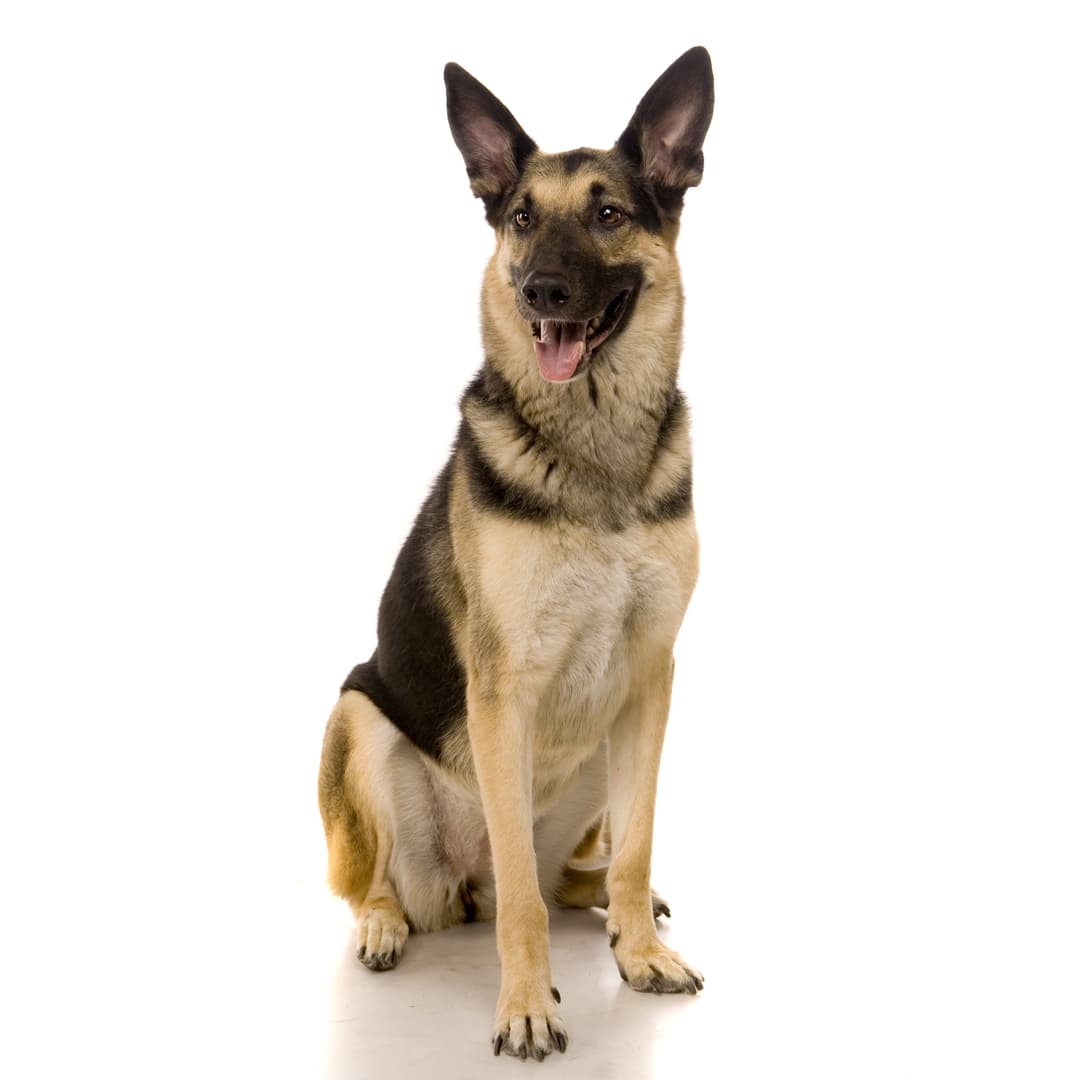Discover your dog's connection to this breed and 200+ others


Discover your dog's connection to this breed and 200+ others



The East European Shepherd was developed in the 1930s-1950s in the former Soviet Union. The goal was to create a larger, cold-resistant breed that could handle the climate of the region, and aid in military work, border patrol duties, and police work. They were primarily bred from a combination of German Shepherd Dogs and native Russian breeds such as the Laika, Caucasian Shepherd, and the Central Asian Shepherd; the resulting dogs were called Byelorussian Owtcharka. World War II put a pause in the development of the East European Shepherd, which was picked back up after the war. Eventually the East European Shepherd that was created had a different size and stature than its predecessor, the German Shepherd.
The East European Shepherd is considered a generally healthy breed. However, with their German Shepherd heritage they are prone to hip and/or elbow dysplasia, and potentially other conditions by which the German Shepherd can be affected. Genetic screening is recommended to assist veterinarians with diagnosis and proactive care, as well as help breeders identify affected and carrier dogs.
East European Shepherds are known for their intelligence, loyalty, and versatility as working dogs. They have a strong protective instinct and can be reserved with strangers but are generally friendly and loyal to their families. They are highly trainable, which is why they excel in roles such as search and rescue, police work, and as service dogs. However, their high energy levels and intelligence mean they require plenty of physical and mental stimulation, making them best suited to active households.
The East European Shepherd was selectively bred to have a better sense of smell than the German Shepherd, in order to be more effective in detection work.
They became the main dogs used by the KGB, the foreign intelligence and domestic security agency of the former Soviet Union.
Despite their large size, they are known for their agility and speed.
While they share a strong resemblance to German Shepherds, East European Shepherds have a more laid-back temperament, making them excellent family dogs as well as working dogs.
https://ckcusa.com/breeds/east-european-shepherd/
https://www.dogzone.com/breeds/east-european-shepherd/#health
https://wagwalking.com/breed/east-european-shepherd
Recommended by top vets with decades of experience
21 breeds
64 genetic health markers
50 genetic trait markers
